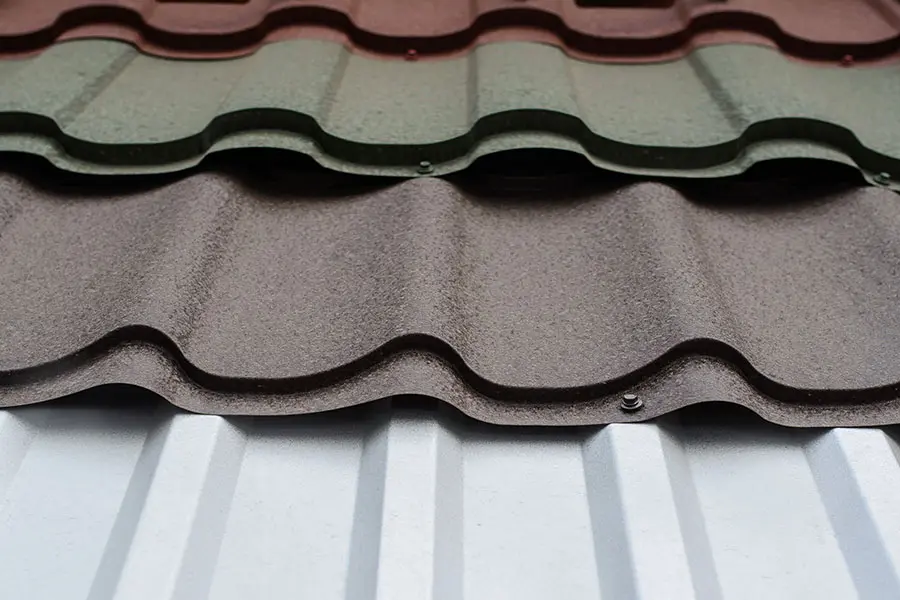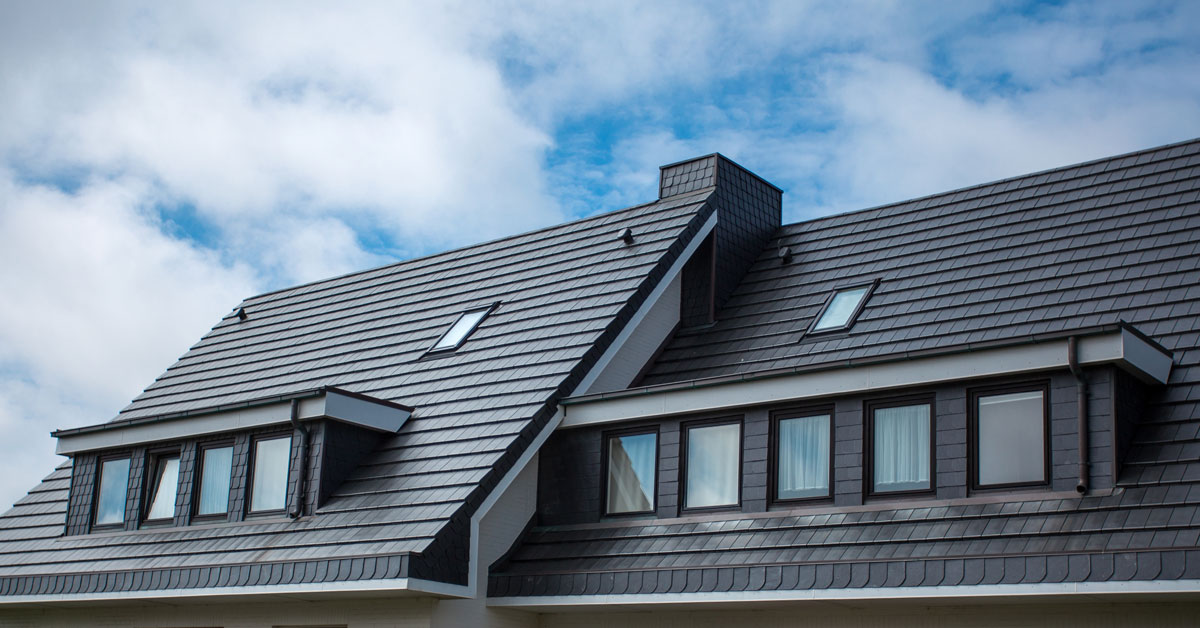Comparing Prices Among Roofing Companies in Gainesville Florida
Best Practices for Ensuring Appropriate Roofing Air Flow
A balanced intake and exhaust air vent proportion, frequently 1:300, plays an essential duty, with intake vents ideally positioned at the reduced side of the roof for amazing air access and exhaust vents at the height for cozy air leave. Keeping insulation away from vents is critical to prevent air flow limitation.
Understand Ventilation Basics
Effectively comprehending ventilation fundamentals is necessary for making certain the durability and effectiveness of roofing systems. Efficient air flow alleviates dampness buildup and temperature extremes in the attic room, both of which can result in significant structural damage over time. A well-ventilated roof covering helps in protecting against typical concerns such as mold and mildew development, wood rot, and ice dams, which can jeopardize the stability of the roof covering products and the underlying frameworks.
The key objective of air flow is to assist in the activity of air, enabling a regular exchange between the exterior and indoor atmospheres. This balance is accomplished with a mix of consumption and exhaust vents that work with each other to preserve ideal air movement. Consumption vents, normally situated along the eaves or soffits, permit fresh air to go into the attic space, while exhaust vents, commonly situated at or near the roof covering ridge, allow warm, humid air to leave.
Secret variables affecting the performance of roofing ventilation include proper positioning, adequate sizing, and ensuring that both intake and exhaust vents are unobstructed. Normal evaluation and maintenance are critical to recognize possible obstructions, damages, or inadequacies in the ventilation system, consequently securing the roofing's efficiency and durability.
Kinds Of Roofing System Vents
Roof vents play an important duty in preserving reliable attic ventilation and, by expansion, the total wellness of the roof. Different sorts of roofing vents are readily available, each with unique advantages customized to specific roof covering demands. Ridge vents, for example, are installed along the roofing's top, allowing cozy, moist air to escape from the attic room. They supply continual ventilation and blend effortlessly with the roofline, making them both effective and aesthetically pleasing.

Soffit vents are set up under the eaves and operate in tandem with roofing vents to make sure a well balanced consumption and exhaust system. By enabling cooler air to enter from below, soffit vents help with the expulsion of warm air with upper vents. Gable vents, located on the exterior walls of the attic room, offer an additional effective option, particularly in homes with gable roofs.
Evaluate Your Current Air Flow

Following, take into consideration the age and condition of your roof covering products and ventilation parts. Older systems may not follow current structure codes or may have deteriorated in time, lowering my sources their efficiency. Conduct an extensive examination to recognize any indicators of wear and tear, such as rust, damages, or spaces that might jeopardize the system's performance.
Additionally, gauge the attic temperature and moisture degrees. High temperature levels and humidity can show insufficient air flow.
Installment Best Practices
Effective installment of roof ventilation systems is critical for guaranteeing ideal performance and longevity. Appropriate installation starts with understanding the specific air flow needs of the roof covering and the structure it covers. This includes computing the right proportion of consumption to tire vents, typically adhering to the 1:300 rule, which specifies one square foot of air flow for each 300 square feet of attic room floor room.

Consumption vents should be set up at the roof's lower edge, commonly in the soffits, to allow amazing air to go into. Exhaust vents, on the other hand, need to be set up near or at the roofing's optimal to help with the departure of warm, wet air.
Seal all air vent links meticulously to avoid air leaks and prospective water seepage. Use premium products and adhere to supplier guidelines to ensure sturdiness and performance. Additionally, incorporating ridge vents with baffles can considerably improve airflow efficiency by avoiding wind-driven rainfall and snow from going into the attic room.
Inevitably, exact installment of roof ventilation systems reduces potential problems such as mold development, ice dams, and architectural damage, making certain the roofing system's stability and the structure's overall health and wellness.
Routine Maintenance Tips
Consistency in upkeep practices is essential to ensuring the long-lasting efficiency of roofing air flow systems. Throughout these evaluations, ensure that vents are totally free of particles, nests, and various other obstructions that might impede airflow.
Cleansing the vents is an additional necessary job. Use a soft brush or a vacuum to eliminate dirt and debris from intake and exhaust vents. Beware not to damage the vent screens or louvers throughout the procedure. Furthermore, examine the attic room room for any kind of indicators of water damages, which could compromise the honesty of the roof.
Correct insulation is just as vital. Ensure that attic insulation does not block the vents, as this can seriously limit air flow. Reposition or replace it to maintain a reliable barrier. if any kind of insulation has changed or cleared up.
Last but not least, replace any damaged or missing out on components promptly. Damaged vents, fractured shingles, or scrubby flashing can all add to inadequate ventilation and ought to be addressed immediately. Normal maintenance makes sure that the roof air flow system works ideally, thereby extending the life-span of the roof covering itself.
Conclusion
Making certain proper roof covering ventilation is vital for preserving the performance and sturdiness of a roof. Adherence to the 1:300 intake and exhaust vent proportion, paired with the critical placement of vents, is necessary. Regular biannual assessments, debris cleansing, and guaranteeing insulation does not block airflow are essential methods. Implementing these finest methods will click reference certainly cultivate a well-ventilated roof, therefore alleviating possible issues associated to moisture build-up and too much warm, inevitably lengthening the roof's lifespan.
A balanced intake and exhaust vent proportion, frequently 1:300, plays an essential function, with intake vents ideally put at the lower edge of the roof for cool air entrance and exhaust vents at the peak for warm air leave. Intake vents, normally located along the eaves or soffits, permit fresh air to get in the attic room area, while exhaust vents, often located at or my blog near the roofing ridge, enable hot, moist air to escape.
Soffit vents are set up under the eaves and job in tandem with roof vents to ensure a balanced consumption and exhaust system. By allowing cooler air to go into from below, soffit vents help with the expulsion of hot air with top vents. Adherence to the 1:300 intake and exhaust air vent proportion, combined with the calculated positioning of vents, is crucial.